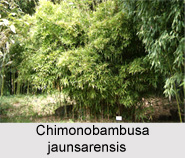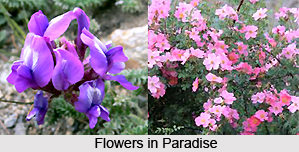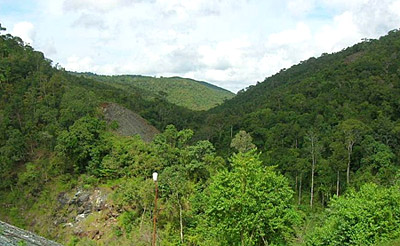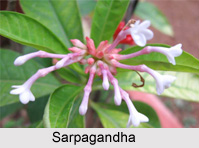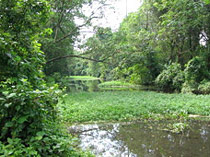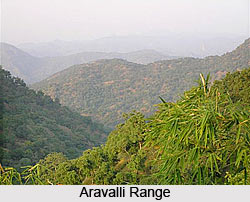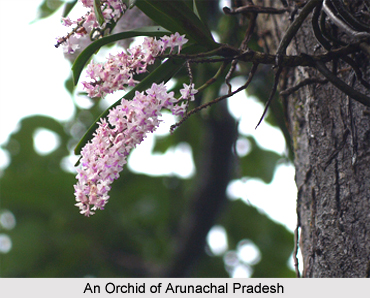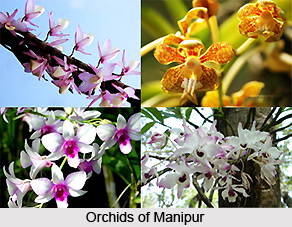 The White Champa is a small evergreen tree that grows up to 4.5 metre with swollen, fleshy branches. This Indian medicinal plant is considered as highly precious for its properties. Botanically the plant is recognized as Plumeria alba. This plant owns the common name of `Goruchampa` in Bengali, `Gulchin` in Hindi, `Rhachampo` in Gujarati, `Khair Champa` in Marathi, `Kananakaravira` in Sanskrit, `Kalchampa` in Oriya and `Peru` in Tamil.
The White Champa is a small evergreen tree that grows up to 4.5 metre with swollen, fleshy branches. This Indian medicinal plant is considered as highly precious for its properties. Botanically the plant is recognized as Plumeria alba. This plant owns the common name of `Goruchampa` in Bengali, `Gulchin` in Hindi, `Rhachampo` in Gujarati, `Khair Champa` in Marathi, `Kananakaravira` in Sanskrit, `Kalchampa` in Oriya and `Peru` in Tamil.
Though White Champa was later introduced to India as a garden ornamental particularly in the south zone of the country, the primary origin of the plant lies in West Indies. In the earlier days, among the Bangloo owners of India White Champa was often used to enhance the beautification of the garden.
The leaves of White Champa in clusters at the ends of branches are lanceolate to oblanceolate, with very prominent venation, and have tomentose beneath. The flowers of White Champa are beautifully white with a yellow centre and have lovely fragrance. They are borne in corymbose fascicles.
Besides having the qualities of a decorative flower, White Champa serves a dual purpose of a medicinal plant. For its medicative value, White Champa is highly admired by the elite of Ayurveda. The root bark is considered as purgative, alterative and detergent. It is used to treat blennorrhagia and herpes. The bark is used internally as well as externally in the form of an extract for curing syphilitic ulcers. The seeds are said to possess haemostatic properties. White Champa owns some other medicinal properties that resemble those of Phimeria acuminata.
